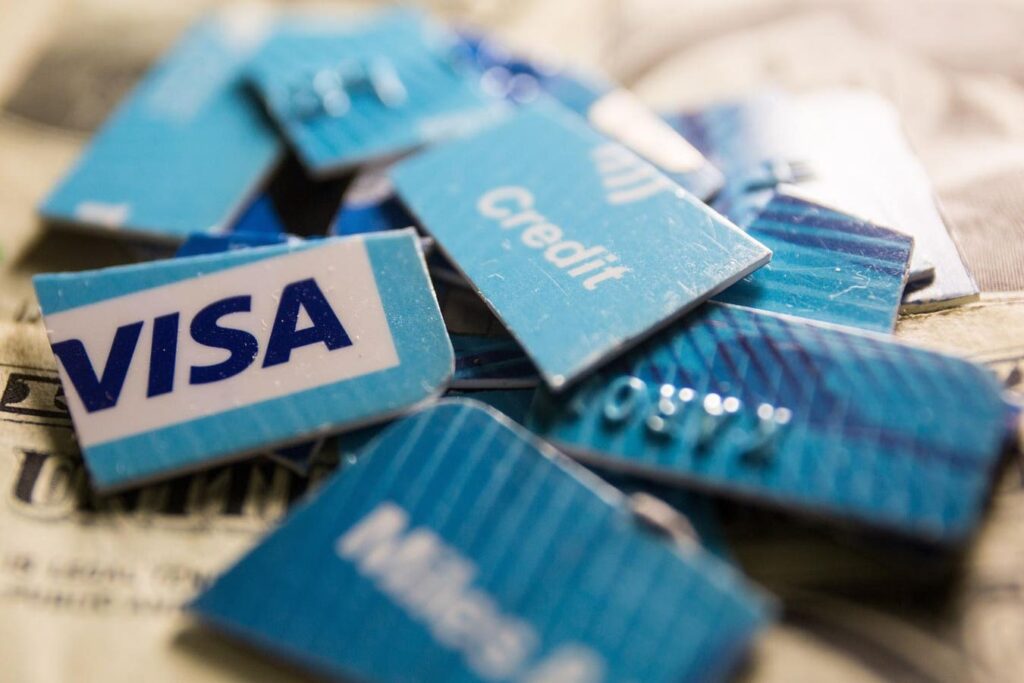In the previous installment of this series, we explored various strategies for eliminating credit card debt, focusing on ways to mitigate the burdensome interest charges that detract from your financial goals. This second part delves into a specific debt-relief technique called balance transfers, which can be a viable option to help consumers pay down credit card balances and save on interest. However, it’s essential to navigate this strategy cautiously, as mismanagement can lead to fees and high-interest payments that would ultimately worsen your financial situation, rather than improve it. This guide outlines the benefits of balance transfers and how to maximize their advantages while avoiding potential pitfalls.
A balance transfer allows you to move high-interest credit card debt to a new card that offers a low or even 0% introductory annual percentage rate (APR). This means that for a limited time—usually between 12 and 18 months—you can enjoy reduced or no interest charges, enabling you to pay down the principal balance more effectively. It’s critical, however, to be aware that once the introductory period expires, any unpaid balance may start to accrue interest at much higher rates, ranging from 16% to 25%. Failing to plan adequately could result in paying more interest than you would have if you had not pursued the transfer in the first place.
When selecting a balance transfer card, potential borrowers should analyze several factors. These include the APR offered during the promotional period, the duration of that rate, and the fee associated with transferring the balance, which usually ranges from 3% to 5% of the transferred amount. It’s also important to anticipate the interest rate after the introductory period ends and understand the implications of new purchases made with the card. Some issuers may begin charging interest immediately on new purchases, further complicating financial management. Furthermore, consumers should monitor their credit utilization ratio, which could be affected by the transfer—keeping it below 30% is often recommended to maintain a good credit score.
Once you’ve secured a balance transfer card, it’s crucial to prioritize which debts to transfer, ideally focusing on the highest-interest balances first. It’s advisable not to transfer amounts exceeding what can be feasibly paid off during the introductory period, to maximize the benefits of the promotional rate. The transfer process is typically straightforward, but you shouldn’t neglect your original credit card payments until you receive confirmation of the transfer. This precaution ensures you don’t incur any late fees during a potentially lengthy transfer process.
The financial implications of a balance transfer can be substantial. For instance, if you have a $20,000 balance on a card with a 20% APR and you make a monthly payment of $250, you could end up paying approximately $1,134 in interest over two years. Alternatively, transferring that balance to a card with a 0% APR for 12 months, while paying the transfer fee, could save you a significant amount of money—potentially around $984, assuming you pay off the balance within the promotional period. In some cases, financial advisors may suggest exploring personal loans as an alternative option, as they often come with fixed interest rates and structured repayment plans, which may provide more predictability than a balance transfer card.
Your credit score plays a fundamental role in your ability to secure a balance transfer card and the terms available to you. Higher credit scores will often qualify you for the most advantageous offers. Conversely, individuals with lower credit ratings might face restrictive terms or might not qualify at all. Therefore, taking steps to improve your credit score before applying for a balance transfer can position you better for favorable offers. It’s important to handle your credit responsibly, as initial changes to your credit score are likely but may stabilize and improve once you effectively manage your balances.
Lastly, developing a solid repayment plan is crucial to ensuring you pay off your balance before the promotional period expires. Utilizing a balance transfer solely for consolidating existing debt—while resisting the urge to make new purchases—can help maintain focus on paying off debt. Balance transfer cards can serve as valuable tools in managing debt more efficiently, provided that users approach them with care and strategize properly on repayment and utilization. Ultimately, while balance transfers can expedite debt repayment, they also require vigilance and informed decision-making to prevent negative consequences.

